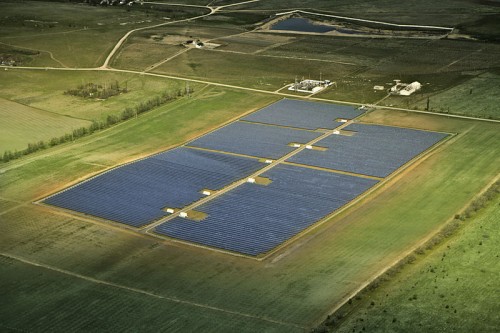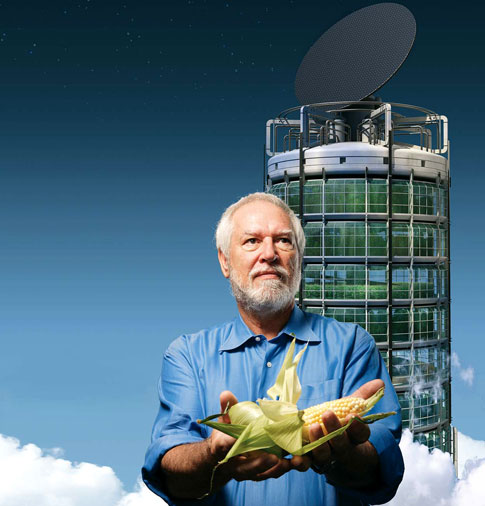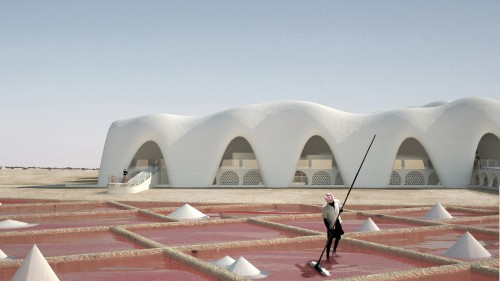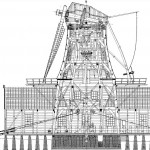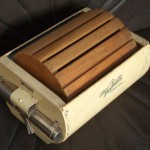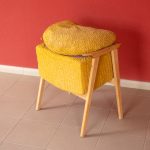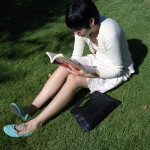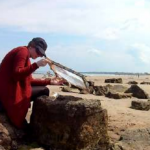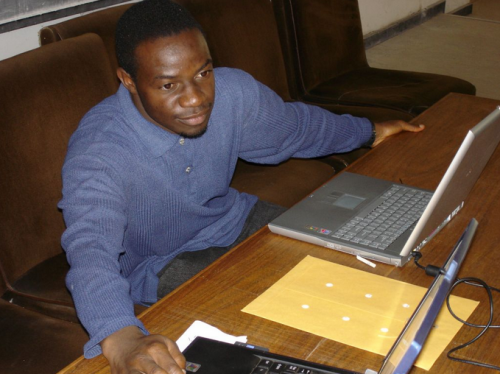 Low-Tech Magazine and No Tech Magazine have given permission to the WiderNet Project to distribute all of our content via the eGranary Digital Library to people lacking Internet access.
Low-Tech Magazine and No Tech Magazine have given permission to the WiderNet Project to distribute all of our content via the eGranary Digital Library to people lacking Internet access.
The WiderNet Project is a non-profit organization affiliated with the University of North Carolina – Chapel Hill that promotes low-cost information and communication for underserved populations.
The eGranary Digital Library, also known as “The Internet in a Box”, is an off-line information storehouse that delivers educational resources to people living in underserved areas of the world.
- In developing countries, many of the universities, schools, clinics and hospitals have no Internet connection.
- Institutions that are connected to the Internet have such limited bandwidth that they cannot offer free Web browsing to the majority of their staff and students.
- Bandwidth in Africa can cost up to 100 times what it costs in the U.S., so for some organizations a slim Internet connection can consume the equivalent of one-half their operating budget.
- Even for those individuals who have the wherewithal to pay for Web browsing, the experience can be frustratingly slow — it can take hours to download a single audio file.
The eGranary Digital Library addresses these issues by moving a large assortment of educational Web documents onto the subscriber’s local area network (LAN) so that the documents can be made available to everyone within the institution freely and instantly.
Related article: How to Build a Low-tech Internet.

